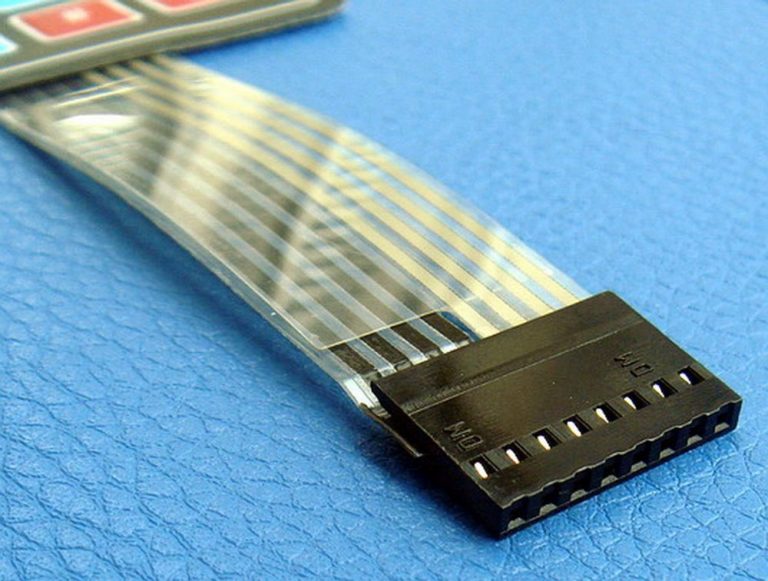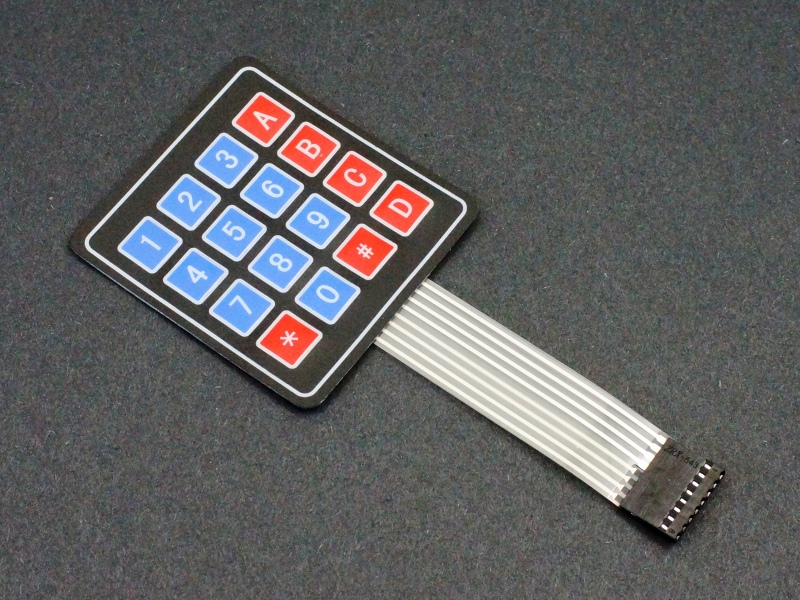Understanding the Technology Behind Membrane Switches
Understanding the Technology Behind Membrane Switches
Blog Article
Understanding the Relevance of Membrane Switches in Interface
Membrane switches are essential components in the layout of effective customer interfaces, helping with not just capability but additionally enhancing visual allure and user interaction. As we check out the future fads and various benefits connected with Membrane innovation, it comes to be clear that these switches are a lot more than just elements; they represent a convergence of technology and usefulness.
What Are Membrane Buttons?

The spacer layer, which includes sticky residential or commercial properties, permits for the splitting up of the circuit layer from the overlay, making certain that the button continues to be in a non-activated state up until pressed. When pressure is used to the overlay, it compresses the spacer layer, linking the space and completing the circuit in the underlying layer. This design not just minimizes the physical space required for typical mechanical switches yet additionally improves the longevity of the tool, as Membrane switches are typically immune to dust, moisture, and other environmental factors.
Commonly discovered in applications ranging from consumer electronic devices to clinical tools, Membrane switches are indispensable to modern technology, giving a effective and easy to use user interface that aligns with contemporary layout needs.
Advantages of Membrane Buttons
While numerous switch technologies exist, Membrane Switches offer distinct advantages that make them particularly preferable in numerous applications. One of the main benefits of Membrane switches is their small layout, which allows for space-saving executions in gadgets where actual estate is restricted. Their thin profile not just improves aesthetic charm yet also helps with light-weight building and construction.
One more substantial advantage is their resistance to ecological aspects. Membrane switches are generally secured versus wetness, dust, and contaminants, making them ideal for usage sought after environments, such as clinical tools and commercial equipment. This durability extends the life-span of the switch, decreasing upkeep prices and enhancing integrity.
In addition, Membrane switches can be tailored to satisfy certain layout demands, incorporating unique graphics and colors that enhance customer communication. Their responsive comments alternatives can also be tailored to provide a gratifying individual experience. Furthermore, Membrane buttons are economical, especially in high-volume applications, as they can be produced efficiently.
Applications in Different Industries

In the customer electronic devices field, Membrane switches are common in gadgets such as microwaves, washing devices, and push-button controls. Their tactile responses and visual options enhance customer experience while supplying a streamlined, modern-day look. In addition, vehicle Homepage makers use Membrane buttons in dashboard controls and infotainment systems, where space is restricted, and customer interaction is vital.
In addition, the commercial market leverages Membrane switches in control panels for machinery and devices, enabling instinctive procedure in usually severe settings. Their resistance to chemicals and wetness makes certain long life and dependability in these applications. Generally, the adaptability of Membrane Switches contributes dramatically to their widespread usage, making them crucial in various technological domain names.
Style Factors To Consider for Membrane Switches

When designing Membrane switches, a number of key considerations must be taken into consideration to ensure ideal functionality and user experience. To start with, the selection of materials is crucial; choosing resilient, high-grade substratums can enhance the switch's longevity and resistance to environmental aspects such as dampness and temperature level changes.
Secondly, the layout of the visuals overlay must prioritize quality and ease of usage. Icons and text should be clear, and the layout should promote intuitive interaction (membrane switches). Furthermore, responsive feedback is necessary; including a tactile dome or various other mechanisms can improve the individual experience by providing physical confirmation of activation
Another important factor is the button's electric performance. Developers need to guarantee that the conductive traces are effectively created to minimize resistance and stay clear of signal disturbance. This includes analyzing the needed actuation force and guaranteeing compatibility with the electronic parts they will interface with.

Future Patterns in Membrane Modern Technology
As innovation remains to advance, Membrane switches are poised to advance considerably, driven by technologies in products and making methods. One arising trend is the consolidation of innovative materials, such as conductive inks and versatile substrates, which improve longevity and lower the general weight of Membrane switches. These materials not just boost the responsive reaction but also enable for the layout of switches that can withstand harsher ecological conditions.
Additionally, the combination of touch-sensitive innovations is transforming traditional Membrane Switches right into more interactive user interfaces. Capacitive touch sensors embedded within Membrane switch panels can offer a more responsive and instinctive customer experience, straightening with the expanding demand for smooth, modern styles in customer electronics.
Additionally, advancements in printing methods, such as digital and 3D printing, make it possible for rapid prototyping and customization of Membrane buttons. This flexibility permits suppliers to react quicker her explanation to market demands and consumer choices.
Lastly, sustainability is ending up being a substantial focus, with suppliers discovering green materials and procedures. As these patterns unfold, the future of Membrane innovation assures boosted performance, visual charm, and environmental obligation, solidifying their duty in innovative individual interfaces throughout various sectors.
Verdict
In conclusion, Membrane Switches represent an important element in the design of user interfaces, integrating functionality with aesthetic adaptability. As improvements in technology continue, the evolution of Membrane switches is anticipated to further improve individual interfaces, driving innovation and improving use in a look at this now significantly complex technical landscape.
Membrane buttons are indispensable parts in the style of reliable customer interfaces, promoting not just functionality however likewise enhancing aesthetic charm and customer communication.Membrane Switches offer as a crucial component in various individual interfaces, helping with a smooth communication between users and electronic gadgets.While countless button modern technologies exist, Membrane Switches deal distinctive benefits that make them especially preferable in different applications.Additionally, Membrane buttons can be tailored to meet certain design requirements, incorporating special graphics and shades that improve user interaction.In conclusion, Membrane Switches stand for a vital element in the design of individual interfaces, combining functionality with aesthetic flexibility.
Report this page